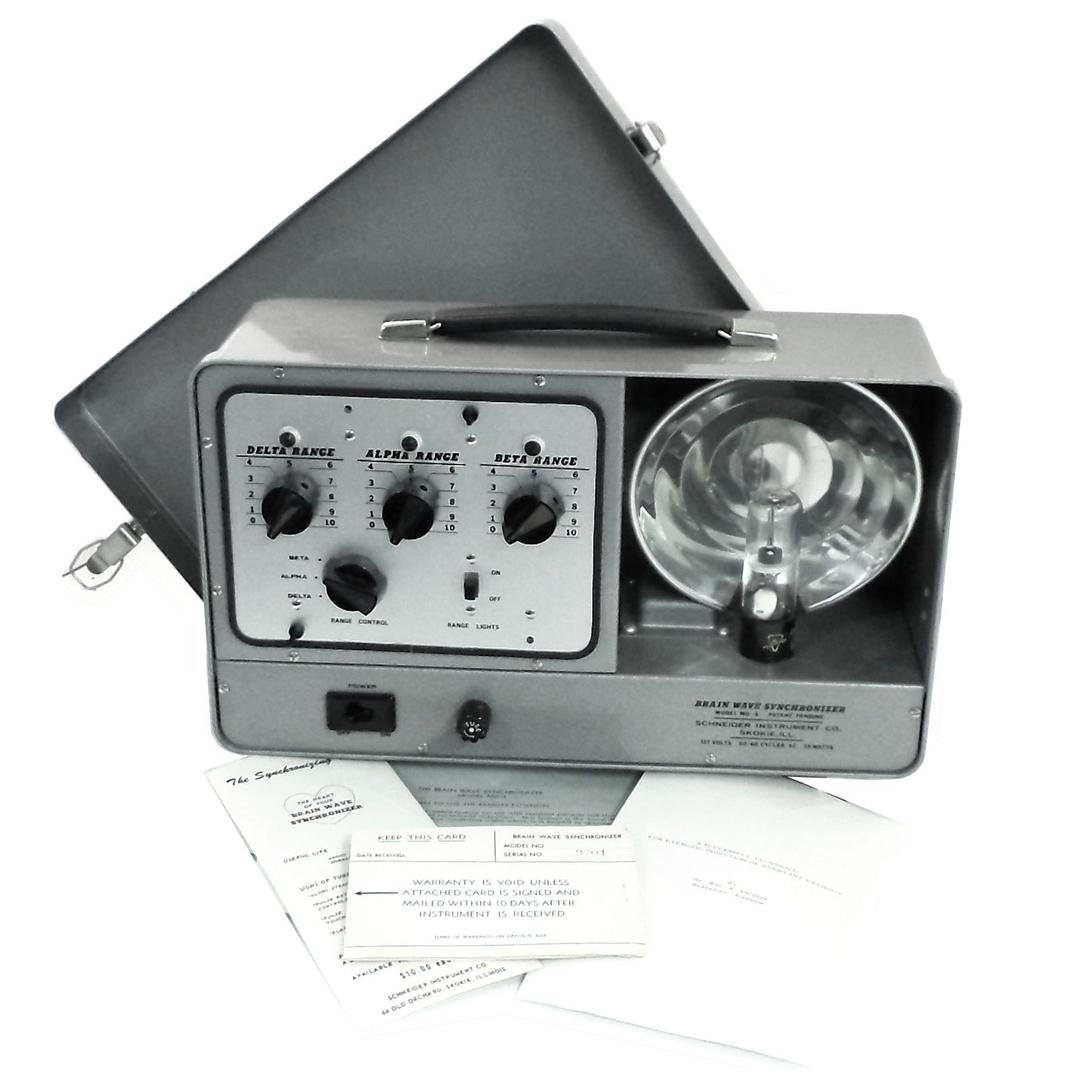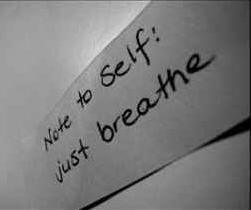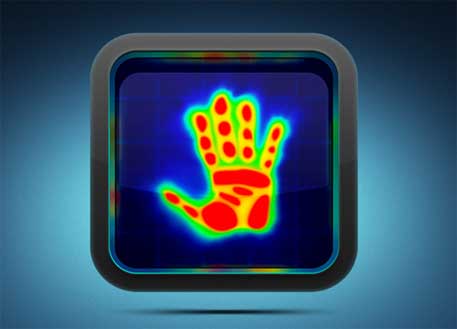
The Role of Managing Stress in Enhancing Performance. In our continuous quest for personal growth and enhanced productivity, we often hear the age-old adage – “Get out of your comfort zone.” But what intrinsic value lies beyond this comfort threshold, and how does stress play into this dynamic?
Why Break the Comfort Barrier?
It’s a well-documented paradox that certain levels of stress act as a catalyst for motivation, creativity, and productivity. The human psyche operates on a delicate balance of comfort and challenge, where managing stress effectively can unlock our true potential.
Understanding The Comfort Zone
In his seminal paper ‘From Comfort Zone to Performance Management,’ researcher Alasdair White defines the comfort zone as:
“A behavioral state within which a person operates in an anxiety-neutral condition, using a limited set of behaviors to deliver a steady level of performance, usually without a sense of risk.”
While steady, this state is a plateau where growth stagnates. To evolve, one must step into what lies beyond—the learning zone, a space of moderate stress that facilitates growth and high performance.
The Science Behind Stress and Performance
Research has demonstrated an inverted U-relationship between stress levels and performance; moderate amounts of stress can improve one’s performance, creating a sweet spot where one feels one can manage challenges and personal development. This finding is further supported by White’s research and various studies indicating that a controlled amount of anxiety can enhance a subject’s performance – this holds for humans and lab mice. Beyond this optimal stress level lies the panic zone, where stress overwhelms productivity and well-being, leading to a decline.
The Art of Managing Stress
The magic of peak performance is being appropriately stressed – motivated enough to strive but relaxed enough to continue without burnout.
Mind Machines and biofeedback are innovative tools that have shown promise in helping individuals control their responses to stress. These technologies play a significant role in stress relief, guiding users back to optimal stress levels, conducive to both health and productivity.
Here are strategies you can integrate into your life to effectively manage stress and enhance performance:
- Mindful Meditation – Allocate time daily to quiet the mind and focus on the present moment.
- Physical Exercise – A natural stress reliever, regular workouts release endorphins and improve mood.
- Regulated Sleep Patterns – Ensure adequate rest to handle stressors with resilience.
- Nutritious Diet – What we eat affects our feelings; a balanced diet can help manage stress.
- Mind Machines – Use this technology to recalibrate your stress levels through sensory experiences.
Innovating Your Daily Routine
Stepping out of one’s comfort zone doesn’t require drastic changes; it can be initiated by incorporating small actions into daily life. Whether taking an unfamiliar route to work, adopting a new hobby, or engaging in challenging conversations, these acts of courage expand your behavioral repertoire.
Final Thoughts on Thinking Big and Managing Stress
With the proper mindset and tools, stress becomes a valuable ally in the relentless pursuit of success. Balance is key, and with conscious effort, you can train yourself to perceive stress not as a hindrance but as an impetus for growth.
By understanding the relationship between stress and performance and deploying techniques like the Mind Machine, you can venture from your comfort zone into the expansive terrain of your full potential.
Think big, harness stress to your advantage, and watch as your success unfurls in the wake of your audacious thinking and action.
Remember to visit our website to explore innovative tools like Mind Machines that can assist you in managing your stress and maximizing productivity – paving the way for a successful, balanced life.
—
Harness the benefits of managing stress for peak performance today! #ManagingStress #MindMachine #PerformanceGrowth
Product Suggestions:
1. Meditation Mind Machine: Use Light and Sound to help Tune Out the World and fight stress. View our Mind Machines
2. GSR Biofeedback Machine: Listen to your Bodies’ Stress Signals.
Research studies & sources:
- http://www.academia.edu/460313/From_Comfort_Zone_to_Performance_Management
- Yerkes, R., & Dodson, J. – ‘The Dancing Mouse, A Study in Animal Behavior’, 1907, Journal of Comparative Neurology & Psychology, Number 18, pp. 459-482









